• If you are aware of potential coastal beach dangers, you can protect yourself
We all love a sunny day at the beach. Waves of the vast ocean hit the shoreline, sea birds fly around, sunlight brightens our mood after a long work week, and the refreshing wind brings us the salty smell of the ocean.
The Oregon Coast is beautiful, but there are risks for beachgoers. If you know about potential coastal beach dangers, you can avoid them and stay safe at the ocean. Here are some possible risks you might encounter.
Driftwood
Driftwood—or any large object floating in the ocean—is generally not dangerous if you pay attention. Dangers can range from tripping over a submerged tree limb to being hit in the head by a log carried in by a wave.
Your best prevention is paying attention to your surroundings and avoiding swimming with powerful waves, especially if you see various objects tossed around in the water.
Video
Unstable Cliffs
Seaside cliffs can be very unstable due to water and wind erosion. A cliff seemingly appearing as a good photo-op spot can suddenly collapse, taking you with it. Being aware of weak cliff signs might be life-saving knowledge.
- The most noticeable sign of an unstable cliff is a landslide under it. Rocks and ground from the landslide are signs that the cliff is already weak enough that it partially collapsed at least once before.
- If there are cracks in the cliff, it is a strong sign of its weakness. Especially if you can see cracks on top of the cliff.
- Water running out of the cliff is a sign of significant erosion. While the ocean causes erosion on a long-term basis, water runoff can destabilize previously stable cliffs fast.
- Vertical or undercut cliffs can have a toppling collapse, which is much more sudden, fast, and therefore more dangerous than a regular landslide.
- Tall cliffs can throw material much farther distances at the beach, so it is a good idea to stay farther from them.
King Tides
The name "king tide" came from Australia and describes an abnormally high wave occurring during the spring. King tides are rare, generally happening three to four times a year. However, the size and power of those waves make it extremely dangerous for beachgoers.
King tides can go much deeper inland because of the mass of water they carry and can even cause local tidal flooding. There are a few steps to keep in mind to stay safe from king tides:
- Always be aware of your surroundings and pay attention to the ocean
- Never turn your back on the ocean
- Checking local tide tables might be a good idea to know what to expect during your visit
- Always have an escape plan and spot; getting to the higher ground quickly might make a life and death difference.


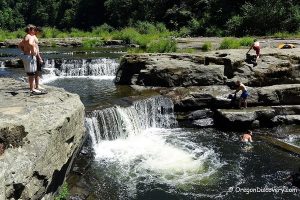
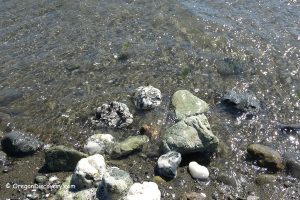

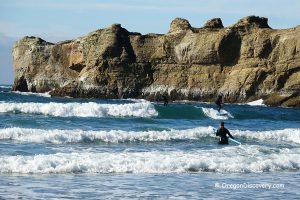
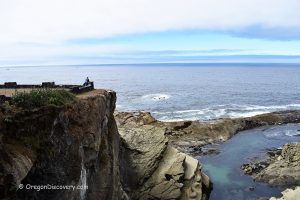
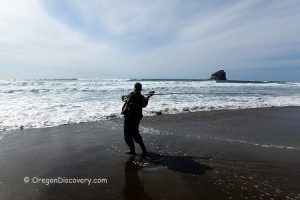
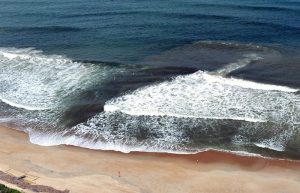
I survived a sneaker wave in October 2023. It also took my 4 yo granddaughter. Keeping your eye on the ocean is useless advice when the wave looks like any other wave. Have an escape plan is also useless if you cannot see it coming.
Carry a walking stick is good advice. But have one with a loop around the top so you don’t lose it as you go down. Throw off your clothes immediately. The wave brings you so much sand that you can weigh 50 pounds more.
Your cell phone is NOT more important than your life.
Stay away from logs. The ocean can lift these like match sticks.
Brace yourself by turning your side to the wave. Less surface area for the wave to knock you down. You can bend your knees and attempt to stay upright. Once you are down your chances of survival diminish because the sand holds you down. When the Marie wants to kill someone, they put their feet in cement. The ocean does that for you.
Thank you for sharing your story. I cannot imagine how terrifying that must have been. You are absolutely right—sneaker waves can look deceptively ordinary until they are not. And it is too late by then. Your experience highlights just how dangerous and unpredictable the ocean can be. I am very sorry about what has happened to you and your granddaughter.
Warnings like “never turn your back on the ocean” can feel inadequate when the threat is not visible, but this is the least one can do to increase one’s chances of survival. Also, thank you very much for sharing your advice! It is especially valuable because it comes from the person who survived the sneaker wave encounter. Your insight reminds us that we need better awareness and education about the risks associated with the ocean. And we definitely need insight from people like you. Thank you again for that!